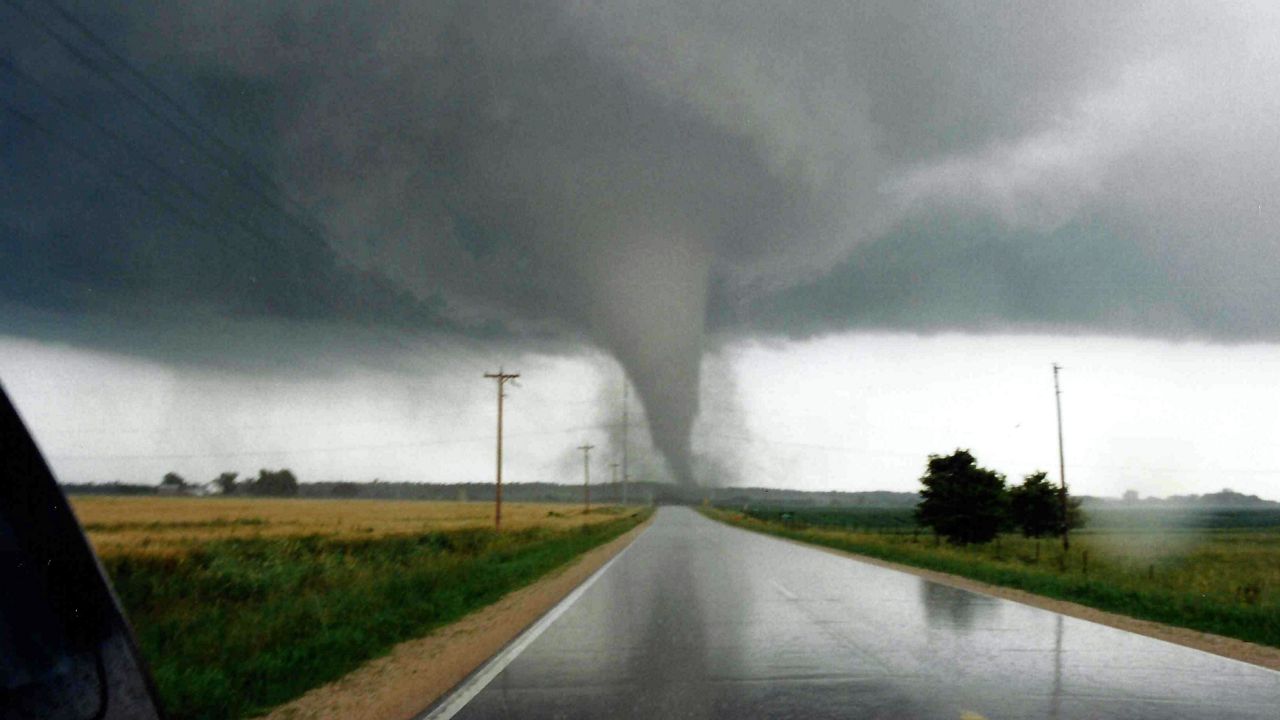Who do you think saw more tornadoes in 2020: Kansas or Minnesota? The answer is eye-opening.
While the numbers are not official just yet (the National Weather Service and the Storm Prediction Center will finalize data in the coming weeks), parts of the Central Plains saw a bizarre tornado drought in 2020.
Preliminary data shows that states typically known for tornadoes (Kansas, Oklahoma, Texas) had one of the least active years on record.
Based on a 20-year average, here are the typical amount of tornadoes per state each year:
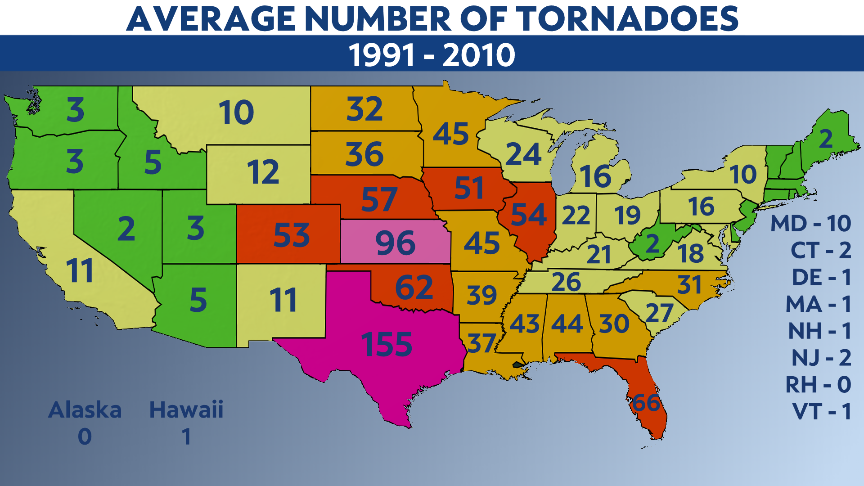
For 2020 (again, based on the most recent data), this is what we saw:
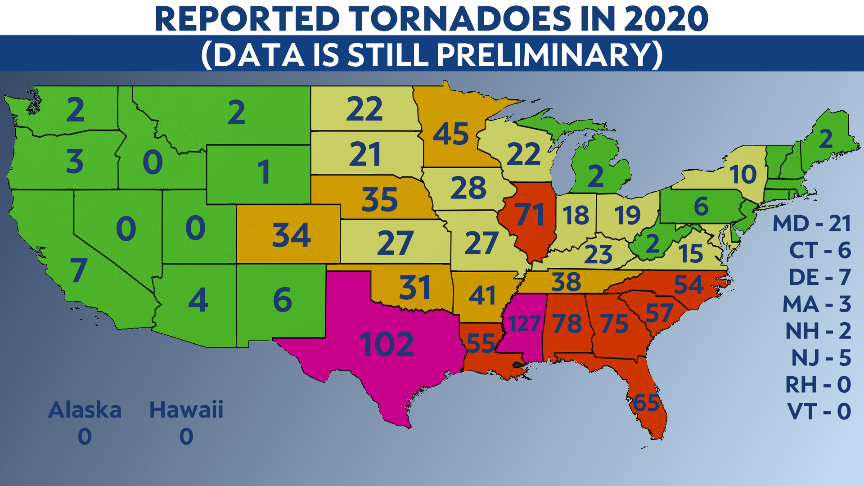
And to break this down into even more detail, here’s how many tornado warnings were issued in all of 2020 per the National Weather Service office:
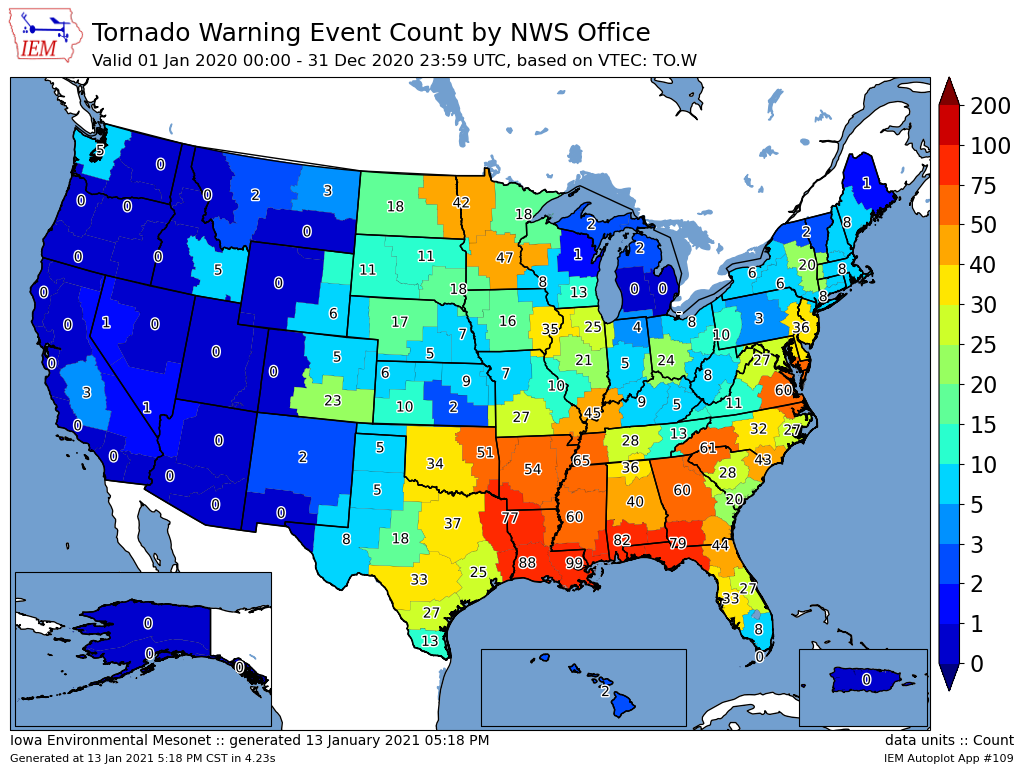
More tornado warnings were issued in Minnesota than all of Kansas and Nebraska combined!
Records for each state are difficult to trace, but for Kansas, 2020 brought the fewest tornadoes since 1988.
The fewest ever in the Sunflower State? That would be 14, back in 1976.
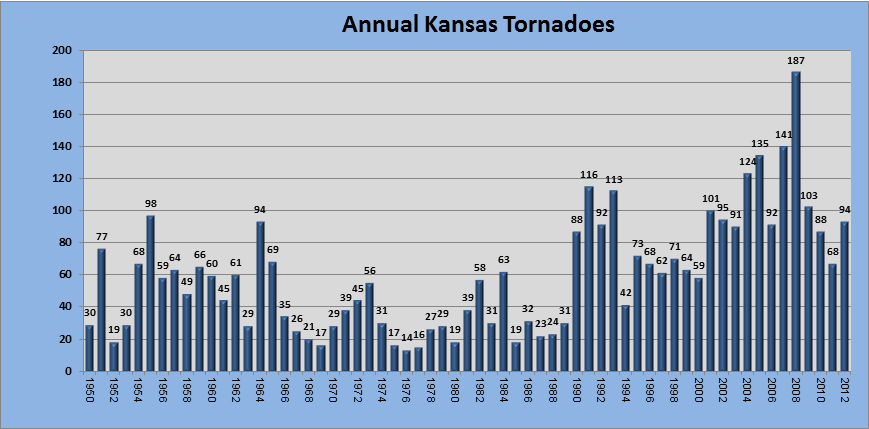
For Oklahoma, the fewest tornadoes on record was just a few years ago: 16 in 2014.
Why were things so quiet in the central part of the country?
There just wasn’t enough “juice” in the atmosphere. With all things being equal, you need four basic weather elements for tornado development:
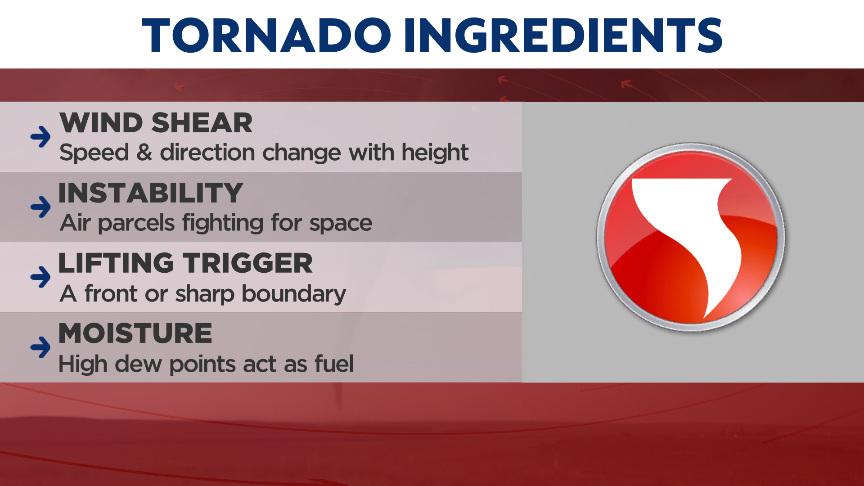
The problem this year was there just wasn’t a huge amount of humidity in the air over the Central Plains.
Anyone that has lived in Kansas, Oklahoma, or Texas will tell you: it gets humid. Not just “wow, it’s a little muggy out here” humid. We’re talking “it’s so humid my sweat is sweating” kind of humid.
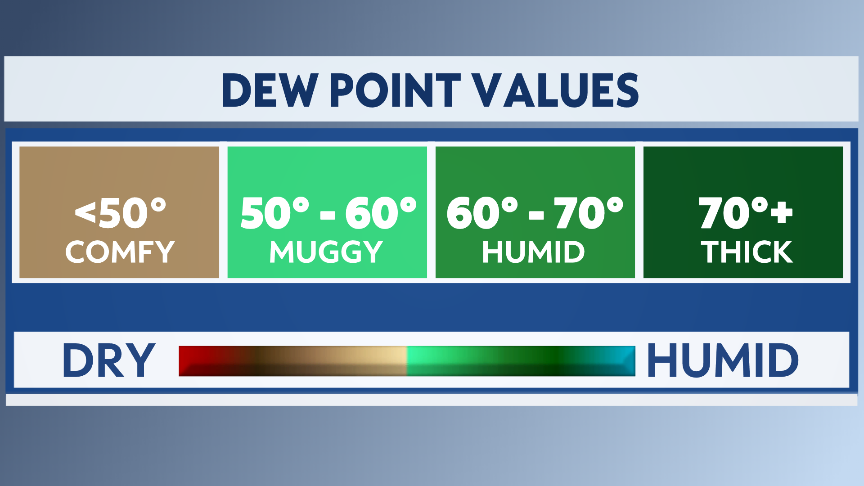
Dew point values over 70 degrees are considered uncomfortable for people, but they're also ideal for the development of supercell thunderstorms (traditionally the precursor to tornadoes).
In some parts of Kansas this season, only about 20 days saw dew point values over 60 degrees.
In a typical year, it’s not uncommon for the dew point to climb into the 70s day after day.
Moreover, on the days this season where there was enough humidity, there was no trigger system - no front - to help lift that air into the upper part of the atmosphere.
Basically, the atmosphere just could not get itself properly set up for tornado development.
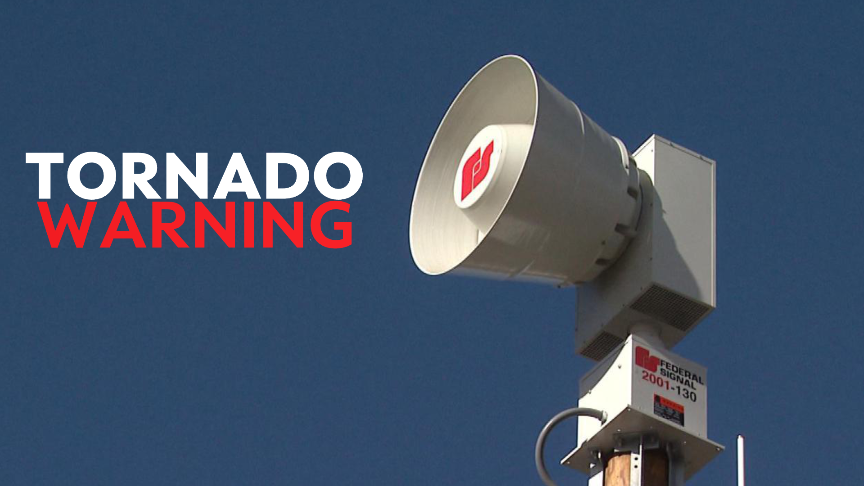
What caused there to be a lack of humid days across the plains? That’s due primarily to the wind direction.
Most of the prime months for severe weather (April and May) featured a wind from the northwest this season. A northwest wind tends to be a little less humid and far less “hot” than a traditional southwest wind.
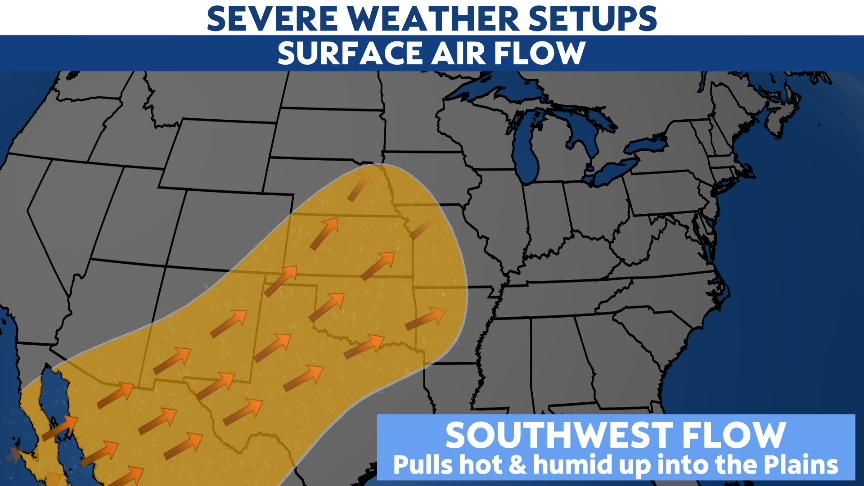
Without sweltering humidity, extreme heat, and a front to come along and mix it all up, the Plains ended up being oddly quiet in the 2020 tornado season.
Don’t expect that to repeat in 2021.



